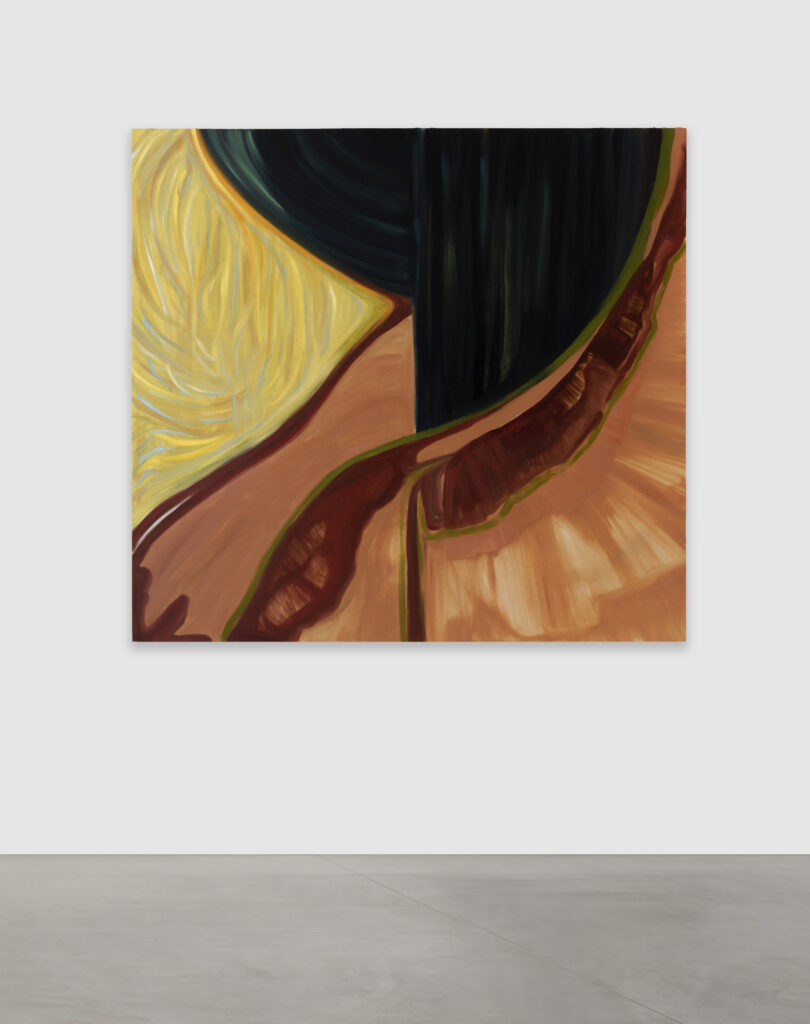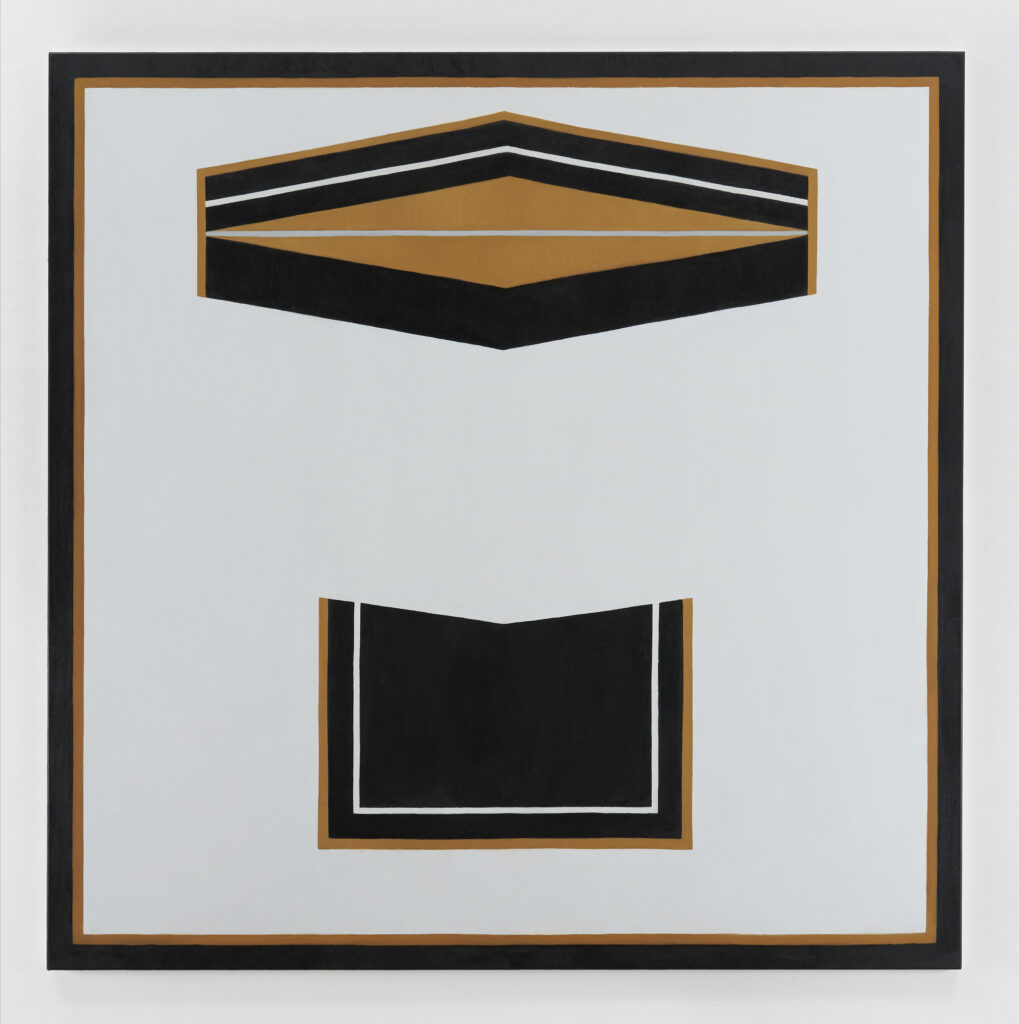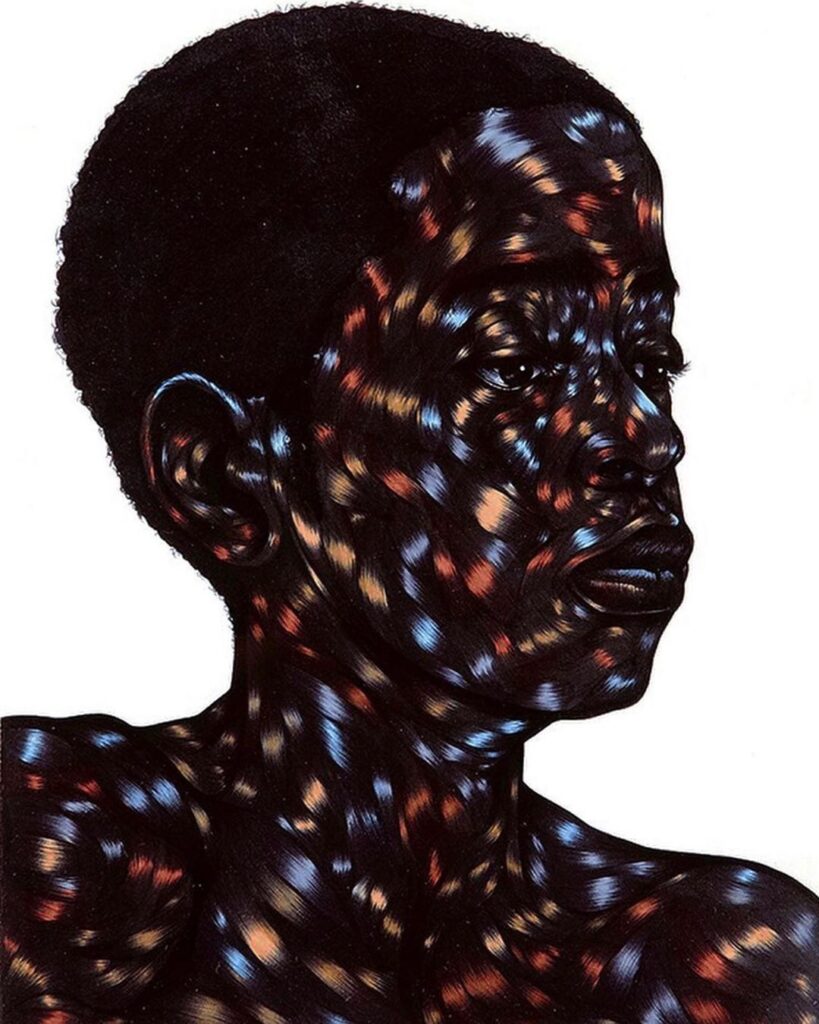For centuries, the acts of making and acquiring art have been wholly inaccessible to women. First, women were barred from admittance to academies until the 1870s, and then they were banned from studying the nude–a key requisite. Women have been severely underrepresented by top galleries, unknown in the secondary market, and are often omitted from museum collections. And unlike their male counterparts, who are widely represented in the auction world, the fresh, vital perspectives of women artists have long been undervalued by investors. (In 2018, works by women artists represented just 8 percent of the total lots sold at auction and only five percent of the auction market by value.)
In part, this is because their contemporaries, other women, have only recently been allowed to earn and grow their own capital and invest in expressions that resonate with their own truths. According to the U.S. Trust’s National Arts Services Division, the world’s largest art lender, when it comes to collecting art there is a major gender shift underway. In 2018, women represented some 36 percent of the collectors that the Trust services—a dramatic rise from just 16 percent the year before. This breakdown of what has historically been an exclusive “boys club” has led to a watershed moment—we’re seeing new interest in historical works made by women (think Gertrude Abercrombie, Agnes Pelton, Hilma af Klint, Agnes Martin, Louise Nevelson), and trailblazing contemporary female artists. What’s more, new figures from Sotheby’s Mei Moses Indices, which measure the art market, suggest that works by women are now actually a better investment.
The symbiotic relationship between women artists and women investors is a liberating force.
We’ve only scratched the surface in terms of finding and cultivating the untapped value of female cultural producers, patrons, and thinkers; and the symbiotic relationship between women artists and women investors is a liberating force. Female investors empower female creators to expand our cultural contexts to more fully include the spectrum of human experience. It creates a positive feedback loop, where women are fully at the table making, seeing, and shaping history. At this critical moment of societal growth, female makers and collectors are ushering in a new era of increased equity by uplifting the worldviews and expressions of women.
As a dealer, I’ve seen newfound, genuine curiosity among female collectors at all levels. Rather than looking casually, women understand the power of their decisions and are choosing to act (the fact that Contemporary art has shown long-term returns that rival bonds, with an average return rate of 7.6 percent each year, helps). Through acquisitions, board opportunities, museum involvement, and even just attending female solo-shows, women are bringing balance to the art ecosystem, a microcosm of our greater society. I’m a firm believer that women must support one other. Falling in love with another woman’s vision of our world, via her artwork, is the first step!
Five Women Artists to Watch in 2021:

Torkwase Dyson
Torkwase Dyson describes herself as a painter working across multiple mediums to explore the continuity between ecology, infrastructure, and architecture. Examining environmental racism as well as the history and future of black spatial liberation strategies, Dyson’s abstract works grapple with the ways in which space is perceived and negotiated, particularly by black and brown bodies. In 2020, the artist was the subject of a solo exhibition at the New Orleans Museum of Art and had her debut exhibition with Pace at the gallery’s East Hampton location.

Marina Perez Simão
Brazilian artist Marina Perez Simão has developed a working process based on the accumulation and juxtaposition of memories and images. Simão uses a variety of techniques, such as watercolor, drawing, and oil painting, composing visual journeys by combining personal experiences and multiple references stemming from fields such as philosophy, literature, and poetry. The artist, who joined Pace in January of 2021, will have a solo exhibition with the gallery in New York in the spring of this year.

Jo Baer
Jo Baer has engaged in an ongoing commitment to painting for more than five decades. In the 1960s and 70s, she explored non-objectivity in her black and white hard-edge paintings as part of the New York Minimalist movement. She left New York for Europe in 1975, eventually settling in Amsterdam after years spent in Ireland and London. Through the course of her move to Europe, Baer’s work shifted away from pure abstraction, gradually adding figural elements, text, images, and symbols. She was recently the subject of two concurrent solo exhibitions at Pace Gallery in New York featuring her Risen paintings and image-based works developed after her move to Europe.

Yto Barrada
Yto Barrada is recognized for her multidisciplinary investigations of cultural phenomena and historical narratives. Informed by postcolonial thought and socio-political concerns, her practice encompasses photography, film, sculpture, painting, printmaking, and publishing to explore tensions around borders, immigration, and tourism to the urban landscape.
Barrada has recently explored the foraging and extraction of natural pigments to dye fabric, an ancient tradition codified in the modern period. Her textile works are designed and hand-dyed to reference Frank Stella’s series of fluorescent paintings from 1964–65, inspired in part by Moroccan cities. The colors in Barrada’s textiles re-appropriate the forms and hues of Stella’s modernist abstractions and transpose them onto fabric using dyes made in her studio from plants, minerals, and insects. Untitled (After Stella, Asilah, I) was exhibited in Barrada’s solo exhibition, The Dye Garden, at the American Academy in Rome in 2018.

Toyin Ojih Odutola
Toyin Ojih Odutola creates intimate multimedia drawings and works on paper that explore themes of identity, meaning, and power through a visual narrative and her depiction of skin, landscapes, and even domestic interiors. She has a distinctive style of mark-making rendered through the usage of only basic drawing materials, such as ballpoint pens, pencils, pastels, and charcoal. Her work, which earned her a cult following after her work was featured on Fox’s music industry drama Empire in 2015, is inspired by art history, popular culture, and her own personal history. Ojih Odutola’s first UK exhibition is currently on view at the Barbican Centre in London and she has an upcoming solo exhibition at the Kunsten Museum of Modern Art, Aalborg, Denmark.
Senior Director Samanthe Rubell has been with Pace Gallery for over 12 years. During her tenure, she has supported artists Michal Rovner, Jo Baer, Trevor Paglen, Julian Schnabel, Robert Nava, and most recently Marina Perez Simão, who joined the gallery’s roster in January 2021. Rubell lives in between New York City and Sag Harbor.



